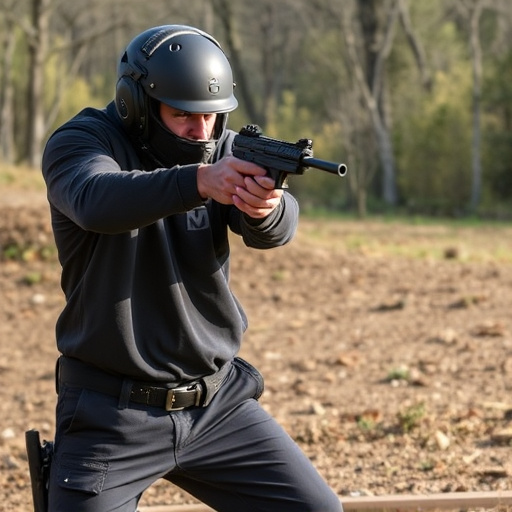Accidental discharge is a significant concern with compact self-defense devices like stun guns, driven by user error, mechanical failures, and environmental factors. Stun gun manufacturers must prioritize robust safety measures such as mechanical locks, sensitive triggers, and intelligent circuit boards to mitigate these risks. Price ranges for quality stun guns vary from around $50 to over $300, with basic models offering essential protection, while top-tier options include advanced features like GPS tracking. Balancing affordability with enhanced functionality, mid-range stun guns between $150 and $300 cater to diverse user needs without premium costs.
Accidental discharge of stun guns can pose significant risks, making it crucial to understand their causes and potential dangers. This article explores various aspects of accidental discharge prevention mechanisms, focusing on safety features, design considerations, and cost-effective solutions. We delve into the different types of stun guns with advanced safety measures, emphasizing the role of thoughtful design in preventing unintended triggers. Additionally, we analyze the price range for quality stun guns, offering insights to help consumers make informed choices while prioritizing safety.
- Understanding Accidental Discharge: Causes and Risks
- Types of Stun Gun Safety Features
- The Role of Design in Preventing Unintended Triggers
- Cost-Effective Solutions vs High-End Technology
- Price Range for Quality Stun Guns: An Analysis
Understanding Accidental Discharge: Causes and Risks
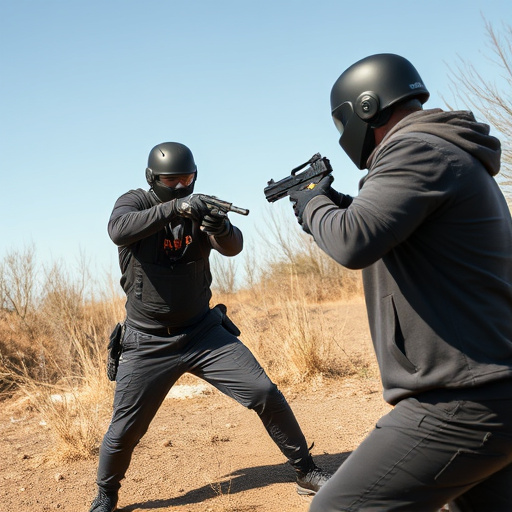
Accidental discharge, a potentially dangerous event, occurs when a weapon, unintentionally and unexpectedly, fires its contents. In the context of self-defense devices like stun guns, this risk is significant due to their compact design and frequent carry. Various factors contribute to accidental discharges, including user error, mechanical failures, or environmental influences. For instance, dropping a stun gun or applying excessive force can trigger an unintended discharge, posing risks not only to the user but also to nearby individuals.
Understanding these causes is pivotal in developing effective prevention mechanisms. Stun guns, with price ranges varying based on quality and features, must be designed with robust safety measures. These include mechanical locks, sensitive triggers, and intelligent circuit boards that can detect and prevent unexpected activation. By prioritizing these safety aspects, manufacturers can significantly reduce the likelihood of accidental discharges, ensuring a safer experience for users who rely on stun guns as a last line of defense.
Types of Stun Gun Safety Features
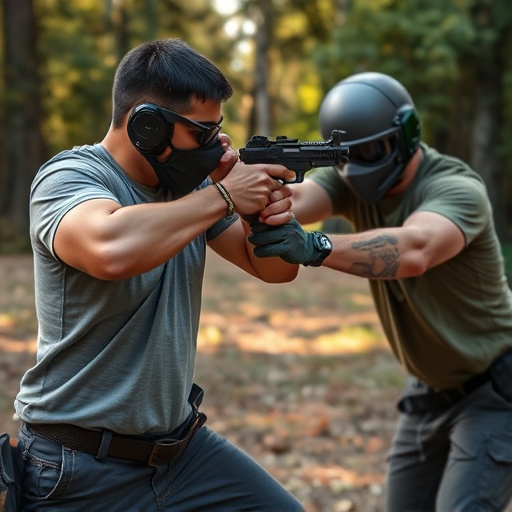
Stun guns, also known as electronic control devices (ECDs), come with various safety features designed to prevent accidental discharge and ensure user safety. One common mechanism is the pulse-activation switch, which requires a specific motion or pressure to activate the stun function. This feature prevents unintentional triggering, especially when carried in pockets or purses. Many quality stun guns in the market today incorporate advanced technology like auto-shutdown functions; these devices automatically deactivate after a set period of continuous use, further reducing the risk of accidental shocks.
Another critical safety aspect is the control over the voltage and current output. High-quality stun guns offer adjustable settings, allowing users to select the level of force they need for self-defense. This feature is essential as it ensures that users can deploy the device safely without causing unnecessary harm or suffering themselves. Moreover, some models come with built-in safety locks and LED indicators, providing an extra layer of control and awareness during use. When considering a stun gun, the price range for quality devices typically starts from around $50, offering excellent value for money while ensuring robust safety features.
The Role of Design in Preventing Unintended Triggers
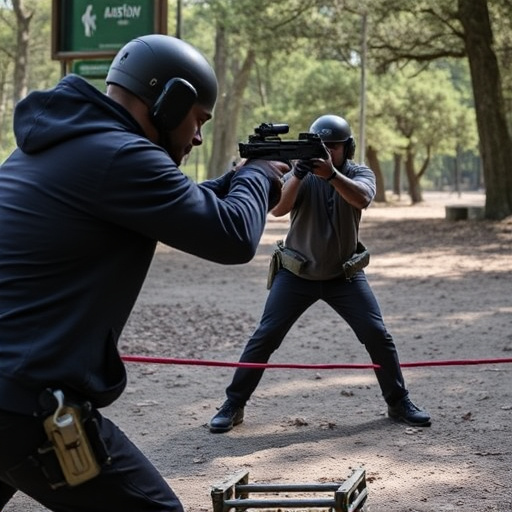
In the realm of personal safety and defense, accidental discharge prevention is paramount, especially with devices like stun guns that deliver powerful electrical shocks. Design plays a crucial role in ensuring these tools remain safe when not in use. Manufacturers invest heavily in research and development to create mechanisms that prevent unintended triggers, catering to a diverse range of users from everyday citizens concerned about personal security to professionals needing reliable self-defense solutions.
One key design aspect is the incorporation of safety switches and locking mechanisms. These features ensure that the stun gun remains inactive until the user explicitly intends to activate it. Additionally, many modern stun guns come with sensitive pressure sensors or smart triggers that can detect the user’s intent, further reducing the risk of accidental discharge. The price range for quality stun guns reflects this advanced engineering, as users are willing to invest in devices that offer both effectiveness and safety guarantees.
Cost-Effective Solutions vs High-End Technology
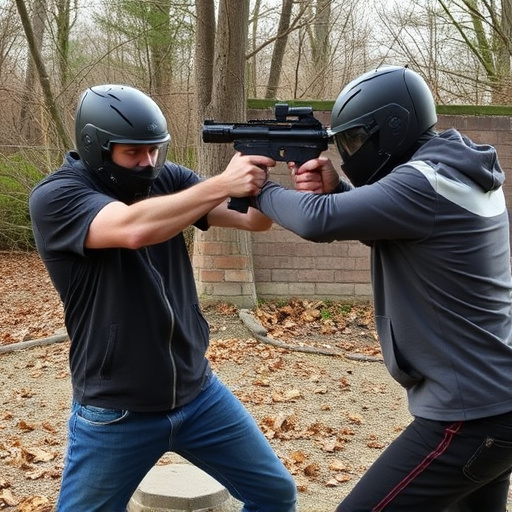
In the pursuit of accidental discharge prevention, a fundamental consideration revolves around balancing effectiveness with affordability. While high-end technologies offer advanced safety features and precision, they often come with substantial price tags, making them less accessible to the average consumer. Cost-effective solutions, such as simple trigger locks or secure storage cases, provide basic yet reliable protection mechanisms. These options are within the reach of a broader market segment, ensuring that more individuals can protect themselves without breaking the bank.
The price range for quality stun guns, for instance, varies widely, allowing buyers to choose between budget-friendly models with essential safety features and premium options packed with advanced functionalities. Wise consumers weigh their specific needs, understanding that investing in a higher-end device isn’t always mandatory for achieving effective accidental discharge prevention.
Price Range for Quality Stun Guns: An Analysis
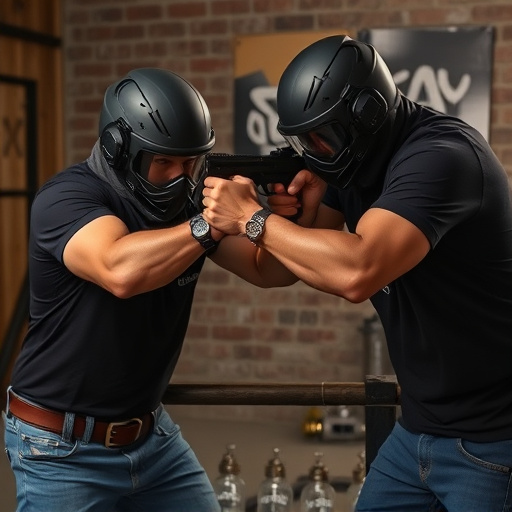
The price range for quality stun guns varies significantly, reflecting the diverse features and performance levels on offer. Basic models designed for personal safety can start as low as $50 to $100, making them accessible to a wide audience. These entries often prioritize simplicity and reliability, offering essential protection at a reasonable cost.
Moving up the price range, stun guns with enhanced specifications, such as longer battery life, brighter lights, or more powerful jolts, can cost between $150 and $300. These mid-range models strike a balance between affordability and advanced functionality, catering to users seeking improved capabilities without breaking the bank. Top-tier, high-end stun guns exceeding $300 offer cutting-edge technology, including GPS tracking, advanced safety features, and customizable settings, targeting enthusiasts and professionals demanding the utmost reliability and performance.
Accidental discharge prevention is paramount when considering a stun gun, balancing safety features with budget. Understanding the causes and risks outlined in the article, coupled with an awareness of various safety mechanisms like those discussed regarding design and high-end technology versus cost-effective solutions, empowers users to make informed decisions within their desired price range for quality stun guns. By prioritizing safety without compromising affordability, individuals can gain peace of mind while ensuring responsible ownership.
